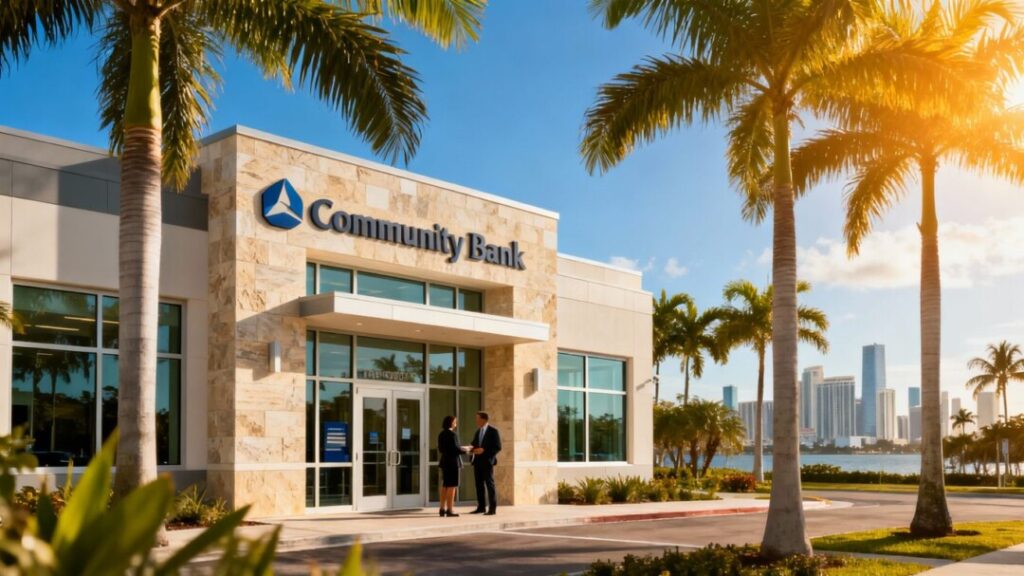South Florida’s community banks are feeling unprecedented pressure as tough, wide-reaching regulations continue to roll out from the landmark Dodd-Frank Act. As compliance demands grow, local banks are consolidating, shrinking loan portfolios, and warning that the cost to consumers may be higher than policymakers intended.
Key Takeaways
- Dodd-Frank compliance has become increasingly costly and complex for small banks.
- Community banks are merging or being acquired at a rapid pace.
- Lending, especially for residential mortgages, is tightening—impacting the housing market.
- Regulatory departments are becoming the largest cost centers for these banks.
The Regulatory Onslaught: Small Banks Under Strain
The Dodd-Frank Act, designed to curb risky behavior in the banking industry, now comprises thousands of pages of regulations—an overwhelming responsibility even for large institutions. For community banks, whose resources are limited, the growing compliance burden means they must hire more staff for regulatory purposes and divert capital from lending activities. Instead of focusing on serving local businesses and families, small banks face swelling operational costs and shrinking profits.
Consolidation and Shrinking Numbers
The intense regulation has created a wave of consolidation. Nationally, the number of community banks dropped by about 20% from 2008 to 2013. South Florida has mirrored this trend, with several recent high-profile mergers and acquisitions. For bank founders, the increased overhead associated with compliance adds incentive to merge or sell, as the cost and complexity of going it alone continue to mount.
Lending Tightens and the Ripple Effect
Qualified mortgage rules and stricter loan classifications have pushed many community banks out of the residential mortgage business. Some institutions now avoid these loans entirely, fearing lawsuits—from the very borrowers they once aimed to help—if rules are not followed precisely. The impact is real: mortgage originations have hit multi-year lows, despite an economy on the mend, and the local housing market is feeling the squeeze.
Compliance: The New Cost Center
Staffing for regulatory compliance has exploded. What used to be a modest compliance team is now often one of the largest departments in a community bank—sometimes the biggest cost by far. With a serious shortage of qualified professionals able to interpret and apply the ever-changing rules, banks are scrambling to keep up. It’s not yet clear whether these costs are benefitting consumers, or simply making banking more expensive and complex for all.
A Call for Reform
Banking leaders in Florida are calling on lawmakers to consider the unintended consequences of one-size-fits-all regulations. They argue that while large banks can absorb the changes, small banks—and their customers—are paying a heavy price. The debate over how to curb systemic risk without harming the local financial ecosystem is just beginning, and community banks are making their voices heard.


